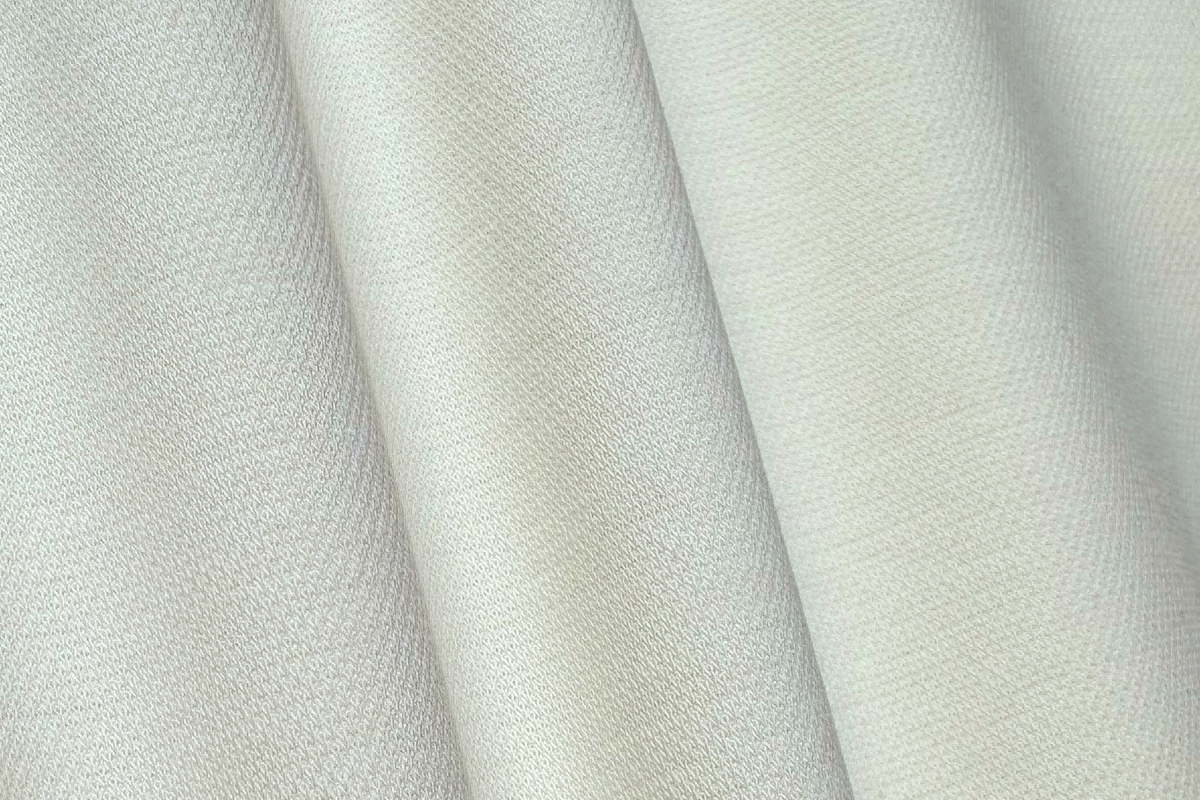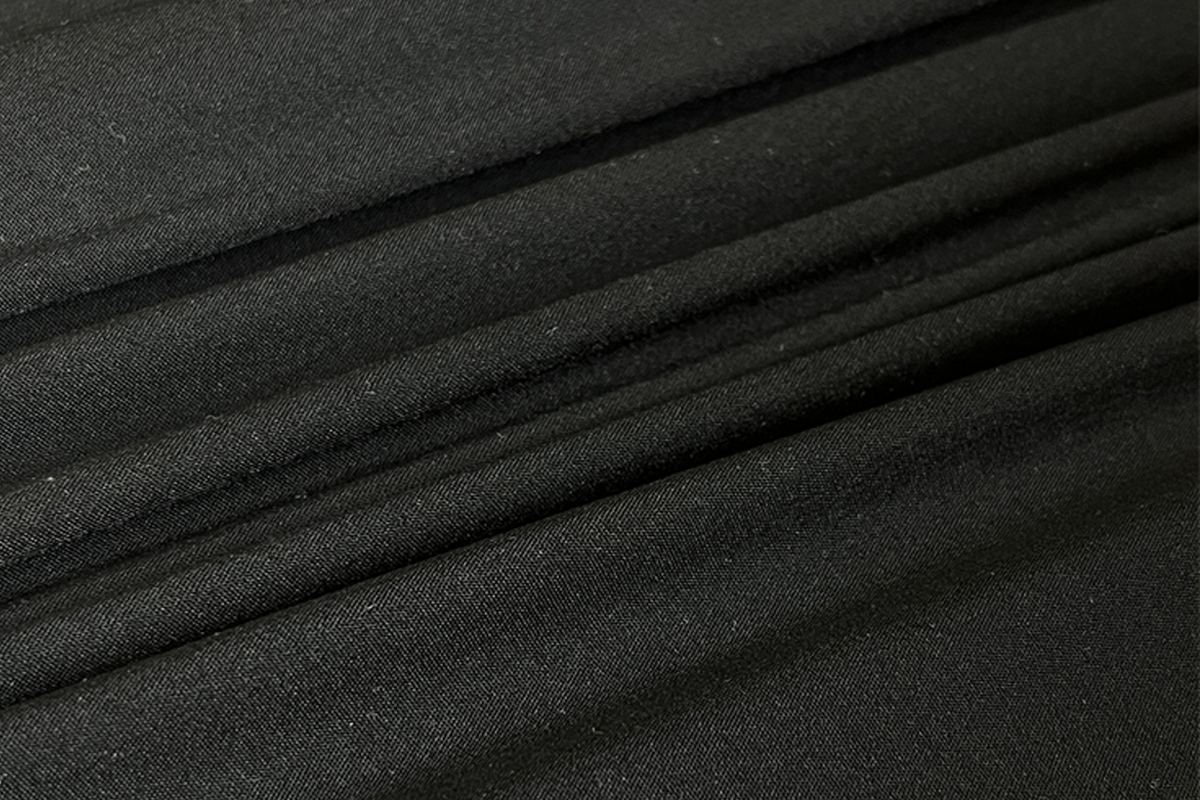 When it comes to stretch fabrics, you’ve got two main types: 2-way and 4-way. A 2-way stretch fabric moves in one direction, while a 4-way stretches both horizontally and vertically. Your choice depends on what you need—whether it’s for comfort, flexibility, or specific activities like yoga or casual wear.
When it comes to stretch fabrics, you’ve got two main types: 2-way and 4-way. A 2-way stretch fabric moves in one direction, while a 4-way stretches both horizontally and vertically. Your choice depends on what you need—whether it’s for comfort, flexibility, or specific activities like yoga or casual wear.
Understanding 2-Way Stretch Fabric
 What is 2-Way Stretch Fabric?
What is 2-Way Stretch Fabric?
A 2-way stretch fabric is a material that stretches in one direction—either horizontally or vertically. It doesn’t expand in both directions like its 4-way counterpart. This type of fabric is often woven or knitted with elastic fibers, giving it some flexibility while maintaining its structure. You’ll notice it feels firm in one direction but has a bit of give in the other.
How Does 2-Way Stretch Fabric Work?
The magic of 2-way stretch fabric lies in its construction. Manufacturers weave or knit the material with elastic threads, such as spandex or elastane, in a single direction. This allows the fabric to stretch and recover in that specific direction. For example, if the stretch runs horizontally, the fabric will move side-to-side but not up and down. This design provides controlled flexibility, making it ideal for certain uses.
Common Applications of 2-Way Stretch Fabric
You’ll find 2-way stretch fabric in a variety of everyday items. It’s commonly used in jeans, skirts, and casual pants where a little stretch adds comfort without compromising the garment’s shape. It’s also popular in upholstery and curtains, where durability and minimal stretch are more important than full flexibility.
Advantages of 2-Way Stretch Fabric
This fabric offers several benefits. It’s durable and holds its shape well over time. Because it stretches in only one direction, it provides stability and support, making it great for structured garments. It’s also more affordable than 4-way stretch fabric, which makes it a practical choice for many projects.
Exploring 4-Way Stretch Fabric
 What is 4-Way Stretch Fabric?
What is 4-Way Stretch Fabric?
A 4-way stretch fabric is a material that stretches in all directions—both horizontally and vertically. This means it can expand and recover its shape no matter how you pull it. Unlike 2-way stretch fabric, which only moves in one direction, this type offers complete flexibility. It’s often made with a blend of spandex, elastane, or similar elastic fibers, giving it a soft yet resilient feel.
How Does 4-Way Stretch Fabric Work?
The secret lies in its construction. Manufacturers weave or knit elastic fibers into the fabric in both directions. This creates a material that stretches and snaps back to its original shape effortlessly. Whether you’re bending, twisting, or stretching, the fabric moves with you. This makes it perfect for activities where freedom of movement is key.
Common Applications of 4-Way Stretch Fabric
You’ll see 4-way stretch fabric in activewear, swimwear, and yoga pants. It’s also popular in athletic uniforms and compression garments. If you’ve ever worn leggings or a fitted workout top, you’ve experienced the comfort and flexibility this fabric provides. It’s even used in medical wear, like braces and bandages, where stretch and recovery are essential.
Advantages of 4-Way Stretch Fabric
This fabric offers unmatched flexibility and comfort. It molds to your body, providing a snug yet non-restrictive fit. It’s also highly durable, maintaining its stretch and shape even after repeated use. Plus, it’s versatile—you can use it for everything from sportswear to casual clothing. If you need a fabric that moves with you, this is the way to go.
Comparing 2-Way and 4-Way Stretch Fabric
Stretchability and Flexibility
When it comes to stretchability, the difference is clear. A 2-way stretch fabric moves in one direction, either horizontally or vertically. This gives it limited flexibility. On the other hand, a 4-way stretch fabric stretches in all directions. It moves with you, no matter how you bend or twist. If you need maximum freedom of movement, 4-way stretch is the way to go. For projects where controlled stretch is enough, 2-way works just fine.
Comfort and Fit
Comfort depends on how the fabric feels and fits. A 4-way stretch fabric hugs your body and adjusts to your movements. It’s perfect for activewear or anything that needs a snug fit. A 2-way stretch fabric offers less give, but it still adds a bit of comfort to structured garments like jeans or skirts. If you’re looking for a relaxed fit, 2-way might be your choice. For a second-skin feel, stick with 4-way.
Durability and Performance
Both fabrics are durable, but their performance varies. A 2-way stretch fabric holds its shape well over time. It’s great for items that don’t need constant stretching. A 4-way stretch fabric, however, is built for action. It maintains its elasticity even after repeated use. If you’re planning to use the fabric for high-intensity activities, 4-way will last longer.
Best Uses for Each Type of Fabric
Each fabric has its strengths. Use 2-way stretch fabric for casual wear, upholstery, or projects that need structure. Choose 4-way stretch fabric for sportswear, swimwear, or anything requiring flexibility. Think about your needs and pick the one that fits your project best.
Choosing the Right Fabric for Your Needs
Matching Fabric to Activity or Garment
Choosing the right fabric starts with thinking about how you’ll use it. Are you making activewear, casual clothing, or something more structured? For high-movement activities like yoga or running, 4-way stretch fabric is your best friend. It moves with your body and keeps you comfortable. On the other hand, if you’re sewing jeans or a pencil skirt, 2-way stretch fabric works great. It adds just enough flexibility without losing its shape. Always match the fabric to the purpose of your garment.
Determining the Level of Stretch Required
Not all projects need the same level of stretch. Ask yourself: How much flexibility does this garment need? If you’re creating something snug, like leggings or swimwear, go for a fabric with maximum stretch. For items like jackets or upholstery, minimal stretch is usually enough. Test the fabric by pulling it in different directions. This helps you figure out if it meets your needs.
Evaluating Comfort and Durability
Comfort and durability go hand in hand. A fabric that feels soft but wears out quickly won’t do you any favors. Look for materials that balance both. For example, 4-way stretch fabric offers a snug fit and holds up well over time. Meanwhile, 2-way stretch fabric provides stability and lasts longer in structured garments. Think about how often you’ll use the item and choose accordingly.
Tips for Identifying Stretch Fabrics
Not sure how to tell if a fabric stretches? Here’s a quick tip: Hold the material between your fingers and gently pull it. Does it stretch in one direction or both? If it moves in one direction, it’s 2-way stretch. If it stretches in all directions, it’s 4-way. You can also check the label for terms like “spandex” or “elastane.” These fibers usually indicate stretchability.
Pro Tip: Always test the stretch before buying to avoid surprises later!
Choosing between 2-way and 4-way stretch fabric comes down to your needs. A 2-way stretch works for structured garments, while a 4-way stretch is perfect for activewear. Think about your activity and comfort level. Always test the fabric’s stretch before deciding. The right choice makes all the difference in your project!
Post time: Jan-16-2025
